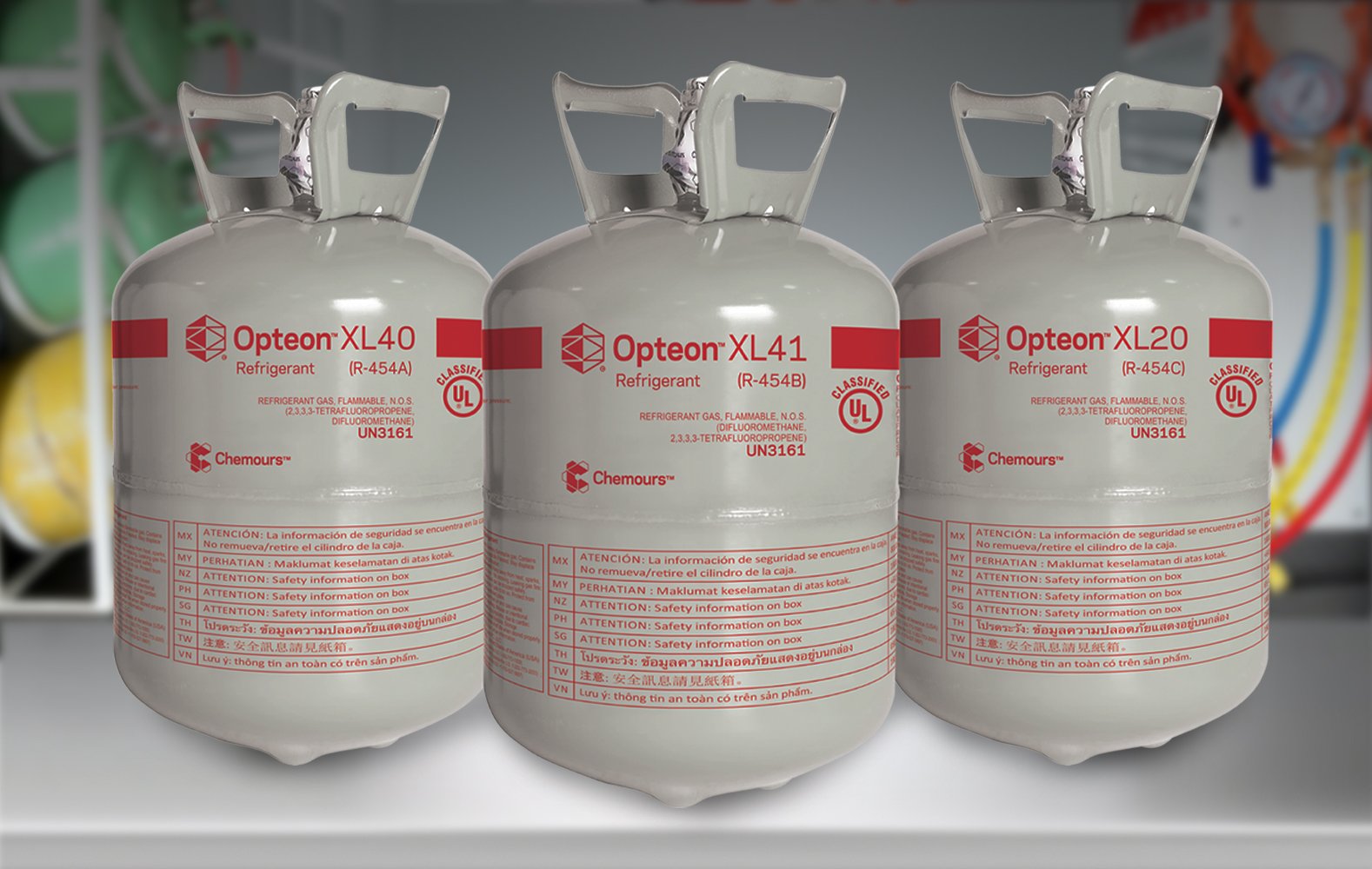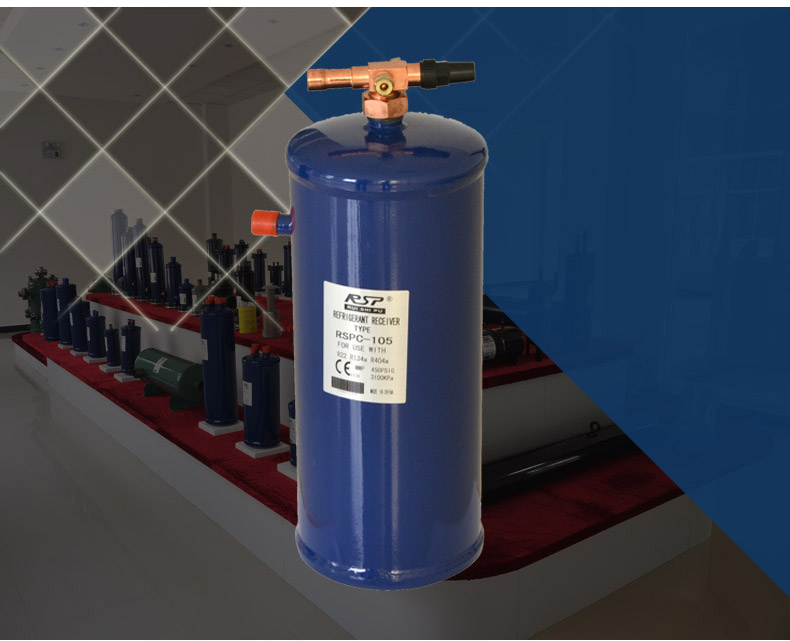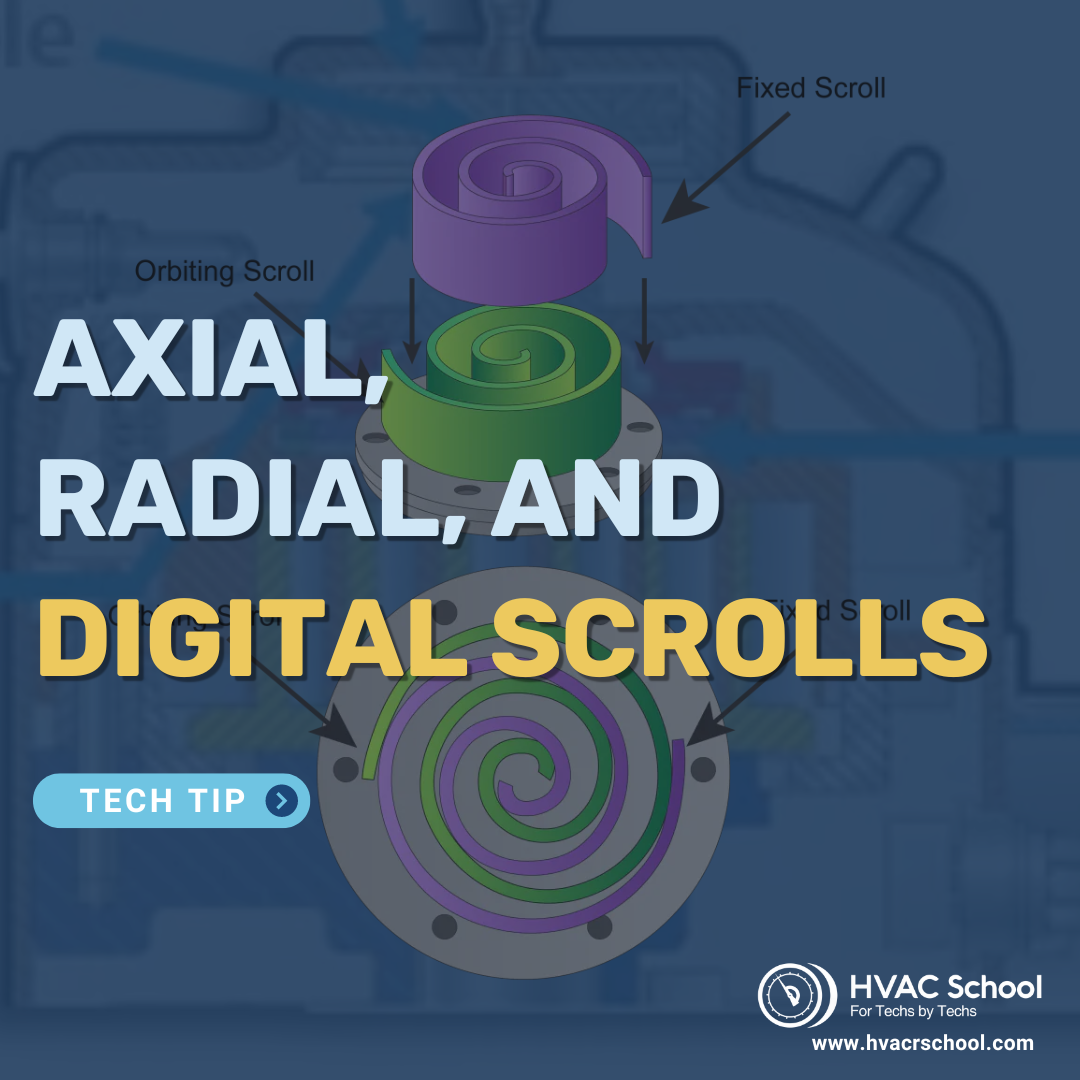Get Tech Tips
Subscribe to free tech tips.
What You Know About Start Winding Inrush Current Might Be Wrong

Take a look at the specs from this Copeland scroll compressor pulled from the Copeland Mobile App (which is an incredible app, by the way).
These specs are for a single-phase compressor, so the amperages listed are based on an amperage reading from the wire connected to the common terminal.
LRA is the locked rotor amperage, which is the expected measurable starting amperage. RLA is rated load amps, meaning the amperage it will draw when running normally at its rated load. You may wonder why there are two different RLA ratings here. That's not what this tech tip is about, but you can find that out if you download the app and click the “i” with the circle around it.
The point is that we are always taught to measure amperage on common with single-phase motors, but do you know why?

A single-phase motor, like the one shown above, has three terminals (common, start, and run) but only two actual windings (start and run). The common terminal is just the “common” point between both of the windings. So, when we measure the amperage on common, we see the total current of both windings.
Back in trade school, we learned Ohm's law, which teaches us:
VOLTS = AMPS X OHMS
However, when we try to apply that in the field, we realize some things that pretty quickly get in the way of applying that neat little formula.
Namely:
- Voltage (and therefore amperage) isn't fixed in an alternating current, so we measure RMS values, not ACTUAL peak values.
- The total resistance (impedance) in an inductive (magnetic) load isn't fixed. It is a combination of the static resistance of the windings and the inductive reactance that builds as the magnetic fields expand and collapse and as back EMF is generated when motors spin.
- Even in a simple DC light bulb circuit, we cannot simply measure the bulb's resistance with a meter and apply Ohm's law because the resistance of the filament increases as the filament heats up (try it sometime).
So, to summarize…
YOU AREN'T GOING TO BE ABLE TO APPLY OHM'S LAW ACCURATELY IN THE HVAC/R FIELD
When we measure the ohms of windings from terminal to terminal, it is mostly meaningless because the readings are often very low anyway—sometimes so low that your meter becomes inaccurate.

Notice how low the resistances are of this same compressor.
The real resistance of the motor only shows up when it is energized with alternating current, and the magnetic fields begin to interact. This total resistance when energized is called impedance.
We know that the start winding has a higher static ohm value than the run winding and that adding start to common and run to common together will equal run to start (which is a fairly obvious statement since common is just a center point). If the thermal overload is open, we will measure OL between C-R and C-S but will read the combined value R-S.
These are all true and are reasons to pull out the meter, but they still don't tell us anything about the title of this article, and you are probably wondering what the heck I'm driving at.
I'm making sure we are all on the same page before I drop a start winding fact bomb on you.
But there's one more thing we need to come to an agreement on.
The run winding is connected “across the line.” In other words, it's connected with one leg of split phase power connected to Common and the other to run. The current that travels through that run winding is completely a function of the total impedance of that winding, which has several factors, including the static winding resistance, the inductive reactance of the windings, and the back EMF that builds as the motor starts running.
In other words, the amperage starts high because the resistance starts low in the run winding, and the amperage goes down as the motor gets up to speed because the total impedance increases.
Remember, Ohm's law teaches us that as resistance goes up, amperage goes down if the voltage stays the same.
The start winding is connected through a run capacitor and potentially some other start gear, not connected “across the line” like the run winding. That means that the current that moves through the start winding is limited by BOTH the total impedance of the winding AND the capacitance of the run capacitor—and any other start gear.

Here is an image from an oscilloscope on this very same compressor referred to above with 197V applied, a proper run capacitor, and no hard start kit.
Take a long, close look.
Notice that the blue line is the RUN WINDING CURRENT, and the red line is the START WINDING CURRENT.
Notice how ALL of the true inrush current occurs on the run winding, and the start winding current doesn't go up until the run winding current starts to go down?
That's because unless the start winding has some form of start capacitor, it cannot draw any amperage higher than what the run capacitor will allow. In essence, the run capacitor becomes a ceiling or current limiter that allows only so much stored current per cycle and no more.
Try it sometime.
Measure the running amperage on the start winding with a capacitor slightly larger, slightly smaller, and then with none at all. You will see higher amps, lower amps, and then (obviously) no amps.
Try taking an inrush reading on the start wire of a compressor with no hard start and see what you get.
Then try it with a hard start.

Notice anything different on the start winding amps? Can you see the moment the back EMF removed the hard start from the circuit? Was the TOTAL amperage actually lower with a hard start, or was the time to start decreased and more current shifted to the start winding?
—Bryan










Comments
What’s the importance of using inrush when troubleshooting a compressor that is suspected of tripping the breaker?
What’s the importance of using inrush when troubleshooting a compressor that is suspected of tripping the breaker?
Хотите собрать данные о пользователе? Наш сервис поможет детальный отчет мгновенно.
Воспользуйтесь продвинутые инструменты для поиска цифровых следов в открытых источниках.
Выясните место работы или интересы через автоматизированный скан с гарантией точности .
глаз бога поиск людей
Бот работает в рамках закона , обрабатывая общедоступную информацию.
Закажите детализированную выжимку с геолокационными метками и графиками активности .
Попробуйте надежному помощнику для исследований — результаты вас удивят !
Хотите собрать данные о пользователе? Наш сервис поможет детальный отчет мгновенно.
Воспользуйтесь продвинутые инструменты для поиска цифровых следов в открытых источниках.
Выясните место работы или интересы через автоматизированный скан с гарантией точности .
глаз бога поиск людей
Бот работает в рамках закона , обрабатывая общедоступную информацию.
Закажите детализированную выжимку с геолокационными метками и графиками активности .
Попробуйте надежному помощнику для исследований — результаты вас удивят !
Online platforms provide a innovative approach to connect people globally, combining user-friendly features like photo verification and compatibility criteria.
Key elements include secure messaging , geolocation tracking , and personalized profiles to streamline connections.
Advanced algorithms analyze behavioral patterns to suggest compatible matches, while privacy settings ensure safety .
https://bwingiris.net/dating/the-intensity-and-intimacy-of-fisting-in-adult-content/
Many platforms offer freemium models with exclusive benefits , such as priority in search results, alongside profile performance analytics.
Looking for casual chats , these sites adapt to user goals, leveraging AI-driven recommendations to optimize success rates .
Online platforms provide a innovative approach to connect people globally, combining user-friendly features like photo verification and compatibility criteria.
Key elements include secure messaging , geolocation tracking , and personalized profiles to streamline connections.
Advanced algorithms analyze behavioral patterns to suggest compatible matches, while privacy settings ensure safety .
https://bwingiris.net/dating/the-intensity-and-intimacy-of-fisting-in-adult-content/
Many platforms offer freemium models with exclusive benefits , such as priority in search results, alongside profile performance analytics.
Looking for casual chats , these sites adapt to user goals, leveraging AI-driven recommendations to optimize success rates .
Хотите найти данные о человеке ? Этот бот поможет полный профиль в режиме реального времени .
Используйте уникальные алгоритмы для анализа цифровых следов в соцсетях .
Выясните место работы или интересы через автоматизированный скан с гарантией точности .
глаз бога узнать номер
Система функционирует в рамках закона , обрабатывая общедоступную информацию.
Получите расширенный отчет с историей аккаунтов и списком связей.
Попробуйте проверенному решению для digital-расследований — результаты вас удивят !
Хотите найти данные о человеке ? Этот бот поможет полный профиль в режиме реального времени .
Используйте уникальные алгоритмы для анализа цифровых следов в соцсетях .
Выясните место работы или интересы через автоматизированный скан с гарантией точности .
глаз бога узнать номер
Система функционирует в рамках закона , обрабатывая общедоступную информацию.
Получите расширенный отчет с историей аккаунтов и списком связей.
Попробуйте проверенному решению для digital-расследований — результаты вас удивят !
Хотите собрать информацию о пользователе? Этот бот поможет полный профиль мгновенно.
Используйте продвинутые инструменты для поиска цифровых следов в открытых источниках.
Узнайте место работы или интересы через автоматизированный скан с верификацией результатов.
глаз бога официальный бот
Бот работает в рамках закона , используя только открытые данные .
Закажите детализированную выжимку с историей аккаунтов и графиками активности .
Доверьтесь надежному помощнику для digital-расследований — результаты вас удивят !
Хотите собрать информацию о пользователе? Этот бот поможет полный профиль мгновенно.
Используйте продвинутые инструменты для поиска цифровых следов в открытых источниках.
Узнайте место работы или интересы через автоматизированный скан с верификацией результатов.
глаз бога официальный бот
Бот работает в рамках закона , используя только открытые данные .
Закажите детализированную выжимку с историей аккаунтов и графиками активности .
Доверьтесь надежному помощнику для digital-расследований — результаты вас удивят !
Discover the iconic Patek Philippe Nautilus, a luxury timepiece that blends sporty elegance with refined artistry.
Launched in 1976 , this legendary watch revolutionized high-end sports watches, featuring distinctive octagonal bezels and horizontally grooved dials .
For stainless steel variants like the 5990/1A-011 with a 45-hour power reserve to opulent gold interpretations such as the 5811/1G-001 with a blue gradient dial , the Nautilus suits both avid enthusiasts and everyday wearers .
Used Patek Philippe Nautilus 5711 photos
Certain diamond-adorned versions elevate the design with dazzling bezels , adding unparalleled luxury to the timeless profile.
With market values like the 5726/1A-014 at ~$106,000, the Nautilus remains a prized asset in the world of luxury horology .
Whether you seek a historical model or modern redesign, the Nautilus embodies Patek Philippe’s tradition of innovation.
Discover the iconic Patek Philippe Nautilus, a luxury timepiece that blends sporty elegance with refined artistry.
Launched in 1976 , this legendary watch revolutionized high-end sports watches, featuring distinctive octagonal bezels and horizontally grooved dials .
For stainless steel variants like the 5990/1A-011 with a 45-hour power reserve to opulent gold interpretations such as the 5811/1G-001 with a blue gradient dial , the Nautilus suits both avid enthusiasts and everyday wearers .
Used Patek Philippe Nautilus 5711 photos
Certain diamond-adorned versions elevate the design with dazzling bezels , adding unparalleled luxury to the timeless profile.
With market values like the 5726/1A-014 at ~$106,000, the Nautilus remains a prized asset in the world of luxury horology .
Whether you seek a historical model or modern redesign, the Nautilus embodies Patek Philippe’s tradition of innovation.
To leave a comment, you need to log in.
Log In